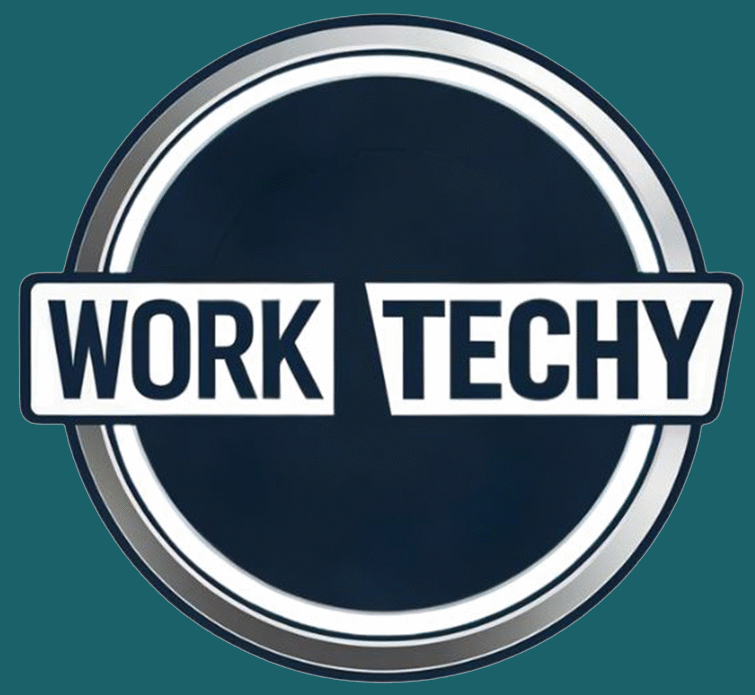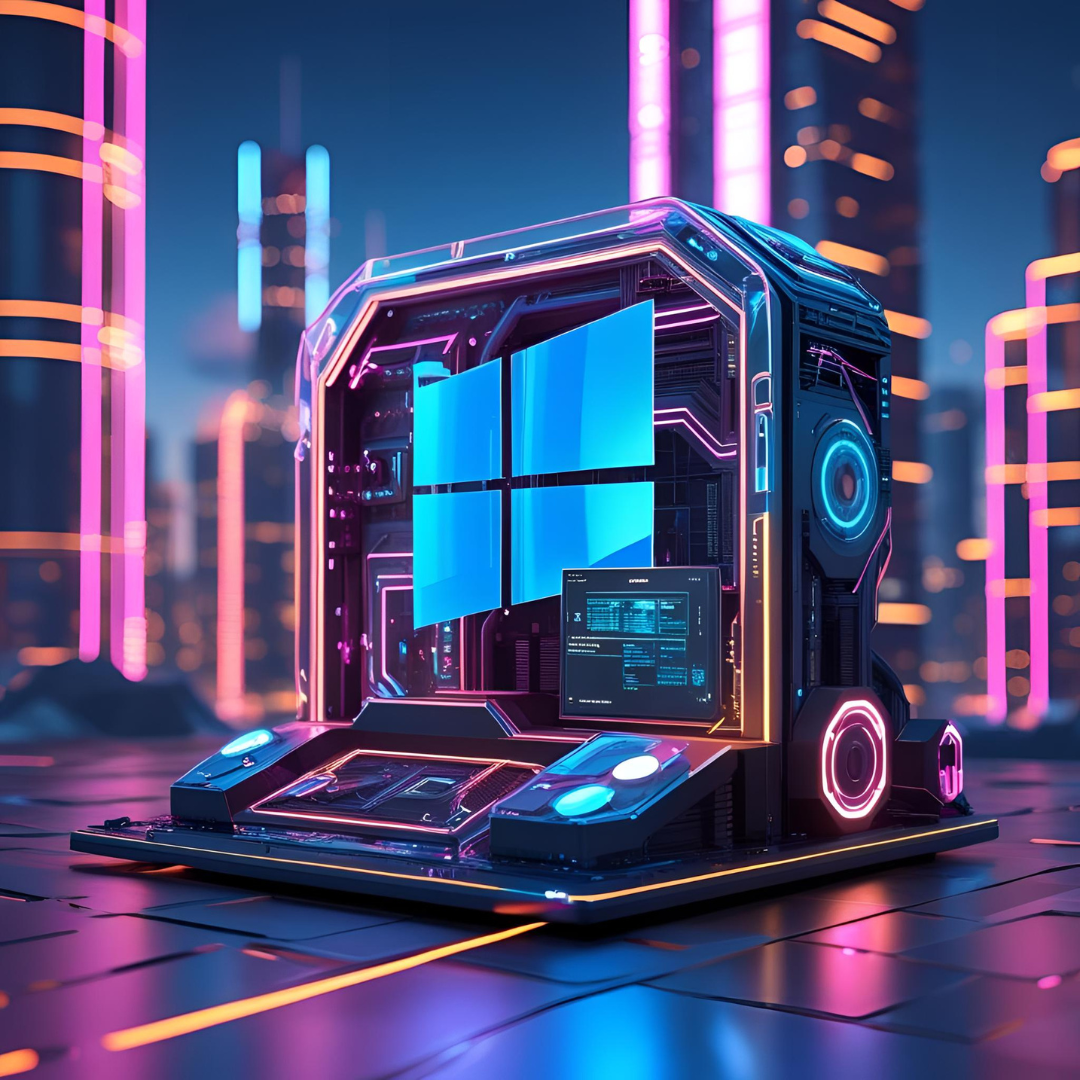Table of Contents
ToggleIntroduction
Operating systems (OS) form the backbone of modern computing. They serve as intermediaries between computer hardware and the user, enabling interaction through a graphical user interface (GUI) or command-line interface (CLI). Among the many operating systems available, three dominate the landscape: Microsoft Windows, Linux, and Apple’s macOS. Each of these operating systems has carved out a unique space in the technology ecosystem, driven by factors such as usability, performance, cost, hardware compatibility, and software ecosystem.
This article provides a detailed comparison between Windows, Linux, and macOS, highlighting their histories, features, strengths, weaknesses, and use cases.
Historical Background
Windows
Microsoft Windows was first introduced in 1985 as a graphical shell for MS-DOS. Over the decades, Windows has evolved significantly, becoming the world’s most widely used desktop operating system. Windows 95 brought in the iconic Start menu, while Windows XP, Windows 7, and Windows 10 became household names. Currently, Windows 11 continues to dominate the global market due to its widespread adoption in businesses, educational institutions, and personal computers.
Linux
Linux was created in 1991 by Linus Torvalds as a free and open-source alternative to proprietary operating systems. Built on the Unix philosophy, Linux is highly modular and comes in many distributions (distros) such as Ubuntu, Fedora, Debian, Arch Linux, and Red Hat Enterprise Linux. Its open-source nature allows customization, making it popular among developers, system administrators, and organizations seeking stability and cost-effectiveness. Linux also powers most servers, cloud infrastructure, and embedded systems worldwide.
macOS
Apple’s macOS, initially introduced in 1984 as Macintosh System Software (later Mac OS Classic), evolved into a Unix-based system known today as macOS. It powers Apple’s Mac computers and is praised for its stability, design aesthetics, and seamless integration with Apple’s ecosystem (iPhone, iPad, Apple Watch). Versions like macOS X, Mojave, Catalina, Big Sur, and Ventura have added advanced features, positioning macOS as the preferred OS for creative professionals and Apple enthusiasts.
User Interface and Design
Windows: Windows provides a user-friendly interface, characterized by the Start menu, taskbar, and desktop. It balances functionality with familiarity, making it suitable for both beginners and professionals. With Windows 11, Microsoft introduced a centered taskbar and improved visual design.
Linux: Linux does not have a single interface since it varies with the desktop environment (GNOME, KDE Plasma, XFCE, etc.). Users can customize their systems extensively, which appeals to tech-savvy individuals. However, this flexibility can overwhelm beginners.
macOS: macOS is widely regarded as the most visually polished and intuitive OS. The dock, Finder, and Spotlight search contribute to smooth navigation. Its design philosophy emphasizes simplicity and elegance, making it popular among creative users.
Software Ecosystem and Application Support
Windows: The widest software compatibility belongs to Windows. From Microsoft Office and Adobe Creative Suite to countless games, Windows supports nearly every major application. It also has strong backward compatibility. However, the openness to third-party applications increases vulnerability to malware.
Linux: Linux’s open-source ecosystem provides thousands of free applications through package managers like APT, YUM, or Snap. However, mainstream commercial software (Adobe Photoshop, Microsoft Office) is not natively available, though alternatives (GIMP, LibreOffice) exist. Many developers use Linux for programming due to its native support for multiple programming languages and tools.
macOS: macOS strikes a balance by offering access to popular commercial software (especially for creative industries like video editing, music production, and design). Applications such as Final Cut Pro, Logic Pro, and Xcode are exclusive to macOS. However, some software and games available on Windows are absent or limited on macOS.
Hardware Compatibility and Performance
Windows: Windows is compatible with a vast range of hardware, from budget PCs to high-end gaming rigs. However, this broad compatibility sometimes causes driver conflicts or bloatware issues. Performance may vary depending on system configuration.
Linux: Linux supports a wide variety of hardware, especially on servers. Some distros run smoothly on older machines with minimal resources, while others demand powerful hardware. Driver compatibility may occasionally be challenging, especially with new hardware or specialized peripherals.
macOS: macOS runs exclusively on Apple hardware. This tight integration ensures excellent optimization, stability, and performance, but it also limits user choice and often comes at a premium price.
Security and Privacy
Windows: Windows has historically been more vulnerable to viruses and malware due to its popularity. Although Windows Defender and frequent updates have improved security, it remains a prime target for cyberattacks.
Linux: Linux is considered the most secure OS due to its open-source nature, strong permission system, and lower popularity among casual users (making it a less attractive target for hackers). Security patches are quickly distributed by the community.
macOS: macOS is relatively secure, benefiting from Unix-based architecture and Apple’s controlled ecosystem. However, its growing popularity has made it a target for some malware. Apple frequently releases updates to address vulnerabilities.
Customization and Control
Windows: Offers moderate customization—users can change themes, wallpapers, and settings, but deep customization is limited compared to Linux.
Linux: Highly customizable. Users can modify everything from the kernel to the desktop environment. Developers and advanced users appreciate this flexibility, while beginners may find it overwhelming.
macOS: Limited customization. Apple enforces strict design rules, so users cannot extensively alter the interface. This ensures consistency but restricts personalization.
Gaming Experience
Windows: The undisputed leader in gaming. Almost all PC games are developed with Windows in mind. It supports DirectX, high-end GPUs, and gaming platforms like Steam, Epic Games, and Xbox Game Pass.
Linux: Gaming on Linux has improved dramatically with tools like Proton and Steam Play, enabling many Windows games to run on Linux. However, not all titles are supported, and performance can vary.
macOS: macOS is not designed for gaming. While some games are available, the selection is limited compared to Windows. Apple’s focus is on productivity and creativity rather than gaming.
Cost and Licensing
Windows: Proprietary and requires a paid license, though many PCs come with pre-installed Windows.
Linux: Completely free and open-source, though enterprise versions like Red Hat may require paid support.
macOS: Free updates, but only available on Apple devices, which are generally expensive.
Market Share and Popularity
Windows: Dominates the desktop OS market with around 70–75% share. Popular in businesses, education, and gaming.
Linux: Holds a small desktop share (around 2–3%), but dominates in servers, supercomputers, and embedded systems.
macOS: Holds about 15–20% of the desktop market, especially strong among creative professionals and premium users.
Use Cases
Windows: Best for general users, gamers, businesses, and enterprises.
Linux: Preferred by developers, programmers, server administrators, and those valuing privacy and control.
macOS: Ideal for creative professionals, Apple ecosystem users, and individuals seeking reliability with aesthetics.
Advantages and Disadvantages
Windows
Advantages:
Wide software and hardware compatibility
Strong gaming support
Familiar and user-friendly
Disadvantages:
Security vulnerabilities
Licensing cost
Bloatware issues on some devices
Linux
Advantages:
Free and open-source
Highly secure and stable
Extremely customizable
Disadvantages:
Steeper learning curve
Limited support for commercial software
Hardware driver challenges
macOS
Advantages:
Sleek, intuitive design
Stable and optimized for Apple hardware
Strong creative software ecosystem
Disadvantages:
Expensive hardware
Limited customization
Smaller gaming library
Future Outlook
Windows is expected to maintain dominance, especially in enterprises and gaming. Its cloud integration and hybrid work features will continue to grow.
Linux will likely remain the backbone of servers, cloud infrastructure, and development environments, while its desktop presence may grow slowly.
macOS will continue appealing to creative professionals and Apple loyalists, with deeper integration into the Apple ecosystem driving its adoption.
Conclusion
The comparison of Windows, Linux, and macOS reveals that no single operating system is universally “better” than the others. Each has strengths and weaknesses depending on user needs.
Choose Windows if you need maximum compatibility, gaming, or general-purpose computing.
Choose Linux if you value freedom, customization, security, or work in server/development environments.
Choose macOS if you prefer seamless integration with Apple devices and rely on creative, design-oriented applications.
Ultimately, the decision depends on balancing cost, usability, performance, and personal preference. The coexistence of these three major operating systems ensures diversity in the tech ecosystem, giving users the freedom to select the platform that best meets their requirements.



